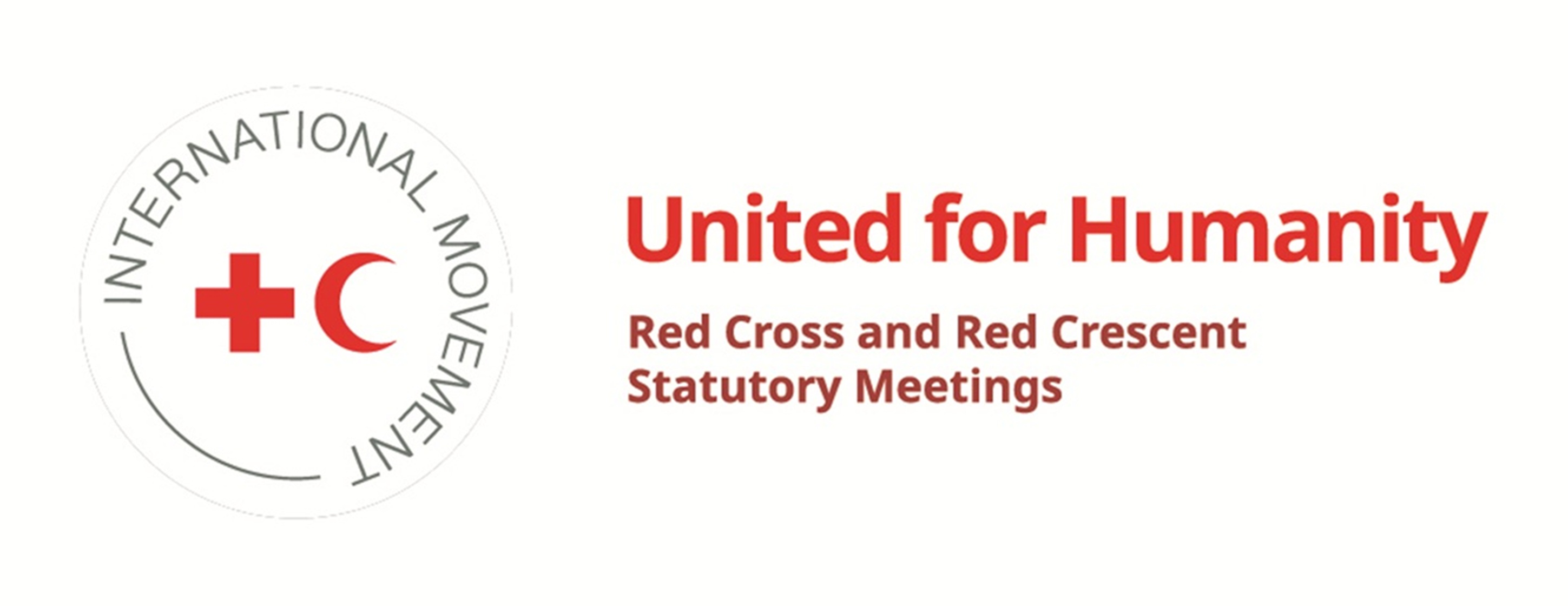Actions taken:
- Established in March 2018, ‘Operation Welcome’ is the cornerstone of Brazil’s response to the Venezuelan influx. It involves a multisectoral effort coordinated by the Office of the Chief of Staff (which presides over the Federal Committee for Emergency Assistance – CFAE) that engages more than 115 partners, including ministries, armed forces, state and municipal entities, United Nations agencies, civil society, and private organizations. The Operation is built upon three main pillars: i) border reception; ii) shelter, and iii) interiorization.
- Brazil currently hosts 577,218 Venezuelans, comprising migrants, refugees, and asylum seekers. Over 1 million (1,092,467) has entered the country since January 2017 (up to April 2024). Venezuelans may entry into Brazilian territory without a visa for
stays up to three months, thanks to a bilateral agreement with Venezuela dated from June 20, 1990. Those wishing to stay longer may apply for asylum or request a residence permit. The National Committee for Refugees (CONARE) processes asylum requests, while the Federal Police receives residency applications. - Venezuelan asylum seekers benefit from an expanded definition of refuge recognition, in line with the Cartagena Declaration (1984). This facilitates data cross-referencing and expedites processing. Due to extensive regularization opportunities, the number of Venezuelans in irregular situations in Brazil is minimal – less than 2%, according to UNHCR.
- ‘Operation Welcome’ has operations in the cities of Pacaraima (at the Venezuela border), Boa Vista, and Manaus. All incoming Venezuelans pass through reception and triage centers ensuring regularization (residence authorization or asylum request; issuance of a national foreigner registration and work permit), health oversight (provision of emergency medical services, Unified Health System (SUS) cards issuance, and vaccination following the Brazilian schedule), and social assistance services (offering attentive listening and targeted referrals for vulnerable populations such as unaccompanied children, indigenous individuals, women experiencing domestic violence, and the elderly). Shelters are offered to those in need, with a capacity for 9,000 individuals, including three facilities exclusive to indigenous populations. They offer daily meals, personal hygiene facilities, guidance, education, leisure activities, and basic healthcare.
- But the most innovative aspect of Brazil’s response is the interiorization strategy, which has significantly reduced pressure on social assistance services at the northern border. It involves the voluntary relocation of Venezuelans to other cities throughout Brazil, and it has already benefited 132,180 individuals resettled in 1,035 cities (between April 2018 and April 2024). Only those who are documented, immunized, clinically assessed, and in possession of a signed voluntary agreement can apply for interiorization.
- There are four distinct modalities of interiorization: i) family reunification; ii) social reunification (based on friendship); iii) institutional, from one shelter to another; and iv)employment, with a designated job offer.
- By August 2019, 14,643 Venezuelans had been interiorized to 250 cities. By August 2022, there were 82,822 beneficiaries to 872 cities, despite the restrictions imposed by the COVID-19 pandemic. By April 2024, there were 132,180 beneficiaries to 1,035
cities – an increase of 802.9% since 2019. - Due to extensive coordination between federal, state, and municipal governments, international organizations, and civil society, interiorization has facilitated the establishment of relevant networks to integrate migrant and refugee populations. This has
benefited host communities by leveraging the knowledge, experiences, and culture of migrants and refugees. - A number of initiatives have been improving the monitoring of the interiorization strategy. In November 2019, Resolution n. 10/2019 created the ‘Sistema Acolhedor’ – a database system that currently works as the official registry of Operation Welcome for the interiorization in the categories of employment, family, and social reunification. All those interested in voluntarily relocating to other cities in Brazil can apply through the system, which has sped up the process.
- In February 2021, Brazil`s Ministry of Social Development and Citizenship launched a dashboard platform, in a collaborative initiative with UNHCR and IOM. The platform displays interiorization figures with historical evolution data, information on
municipalities and states that have received refugees and migrants, as well as profiles detailing labor, education, and specific protection needs. These insights have enhanced comprehension and efficiency in socioeconomic integration, in collaboration with local authorities. In addition to quantitative information, including monthly movement graphs broken down by municipality, the dashboard offers specifics on age groups and the modalities through which immigrants were interiorized. That has provided the entire social assistance network with reliable information to all parties involved, contributing to a better understanding of the impacts of interiorization and potential gaps in implementation. - The UN study – ‘Opportunities and Challenges to the Local Integration of Interiorized Individuals of Venezuelan Origin in Brazil during the Covid-19 Pandemic,’ launched in August 2022, has shown that migrants and refugees from Venezuela have increased
access to formal employment, education, and housing in Brazil after they were voluntarily relocated from Roraima to other states in the country. - Brazil’s experience with Operation Welcome has garnered significant international recognition since its establishment, in 2018. The success of the Operation has drawn attention from a plethora of country representatives, international organizations, civil society, and academia. Representatives from over 40 countries have already visited the Operation in loco, and Brazil has shared its experience with MIRPS, Mercosur, the Quito Process, CSM, CRM, to name but a few. Strong governmental leadership, coupled with coordination mechanisms and collaboration involving more than 115 entities representing government, civil society, United Nations agencies, and international bodies, is frequently cited as a key reason for the success of the Brazilian model.



